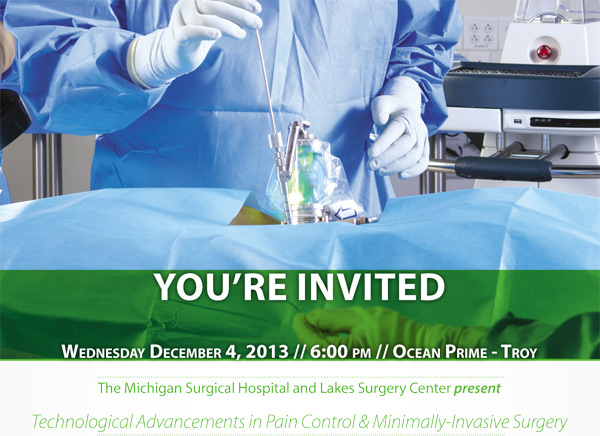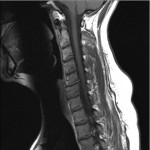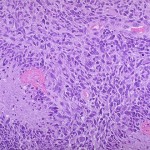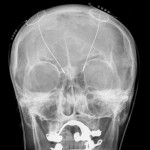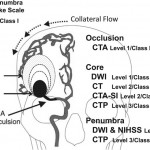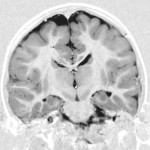 RNS for Epilepsy Has Long-Term Benefits
RNS for Epilepsy Has Long-Term Benefits
More than half of epilepsy patients treated with the recently approved responsive neurostimulation device (RNS) had reductions of 50% from baseline in seizure frequency lasting for up to 80 months, researchers reported here.
Among 250 participants in the pivotal trial of the implanted RNS System neurostimulator, approved last month for treating drug-resistant focal epilepsy, long-term follow-up indicated that responder rates increased steadily over the first 2 to 3 years after implant, reaching about 55%, said Martha Morrell, MD, chief medical officer of NeuroPace, based in Mountain View, Calif., which manufactures the device.
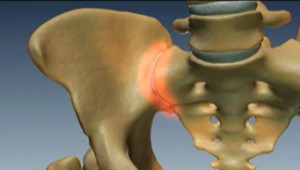 Where is the sacroiliac joint?
Where is the sacroiliac joint?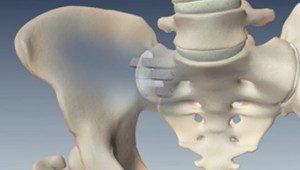 Treatments can vary depending on the severity of your symptoms and how much they limit your everyday activities. Below are some of the treatment options you may want to discuss with your doctor, depending on your symptoms.
Treatments can vary depending on the severity of your symptoms and how much they limit your everyday activities. Below are some of the treatment options you may want to discuss with your doctor, depending on your symptoms.